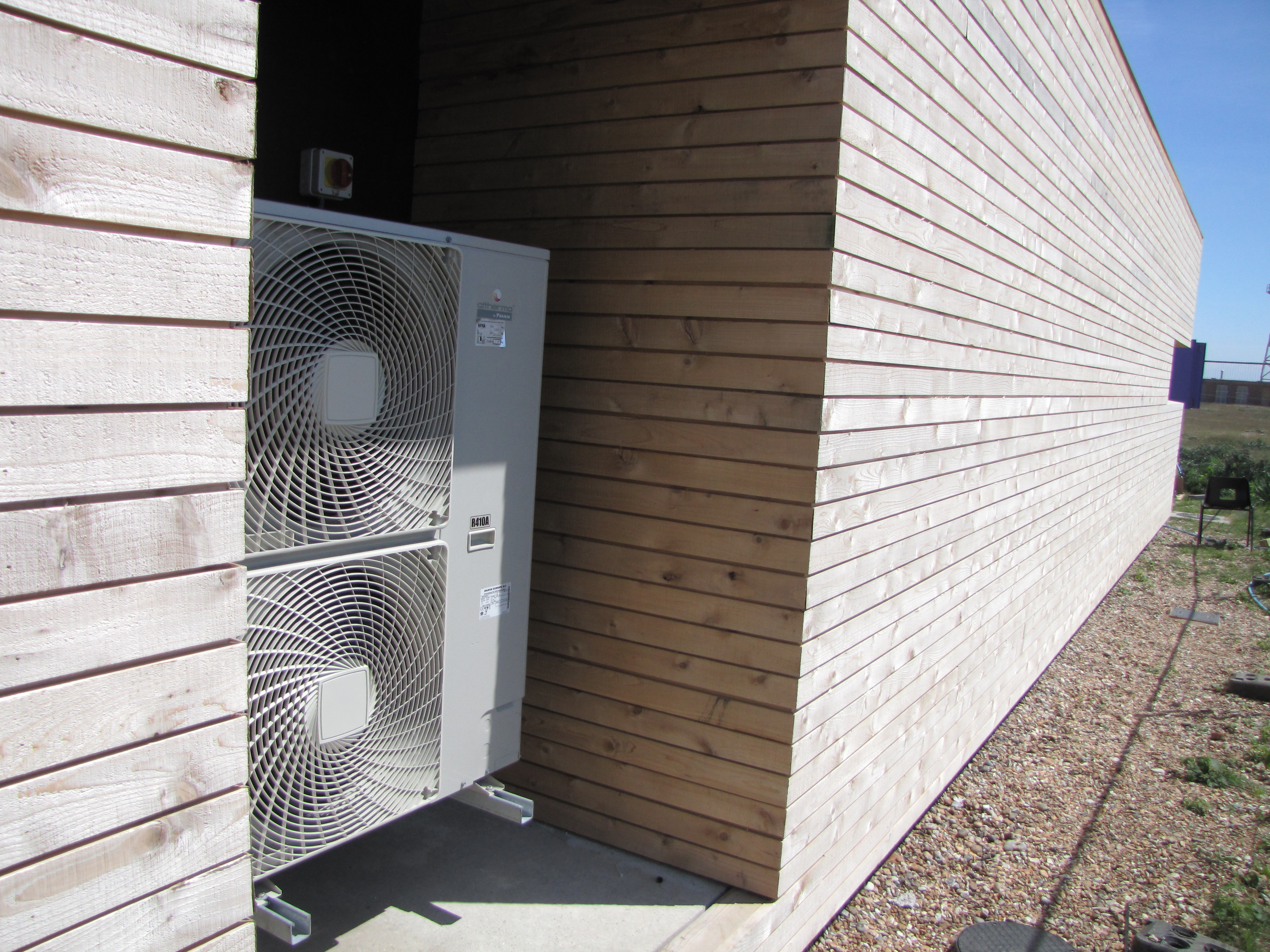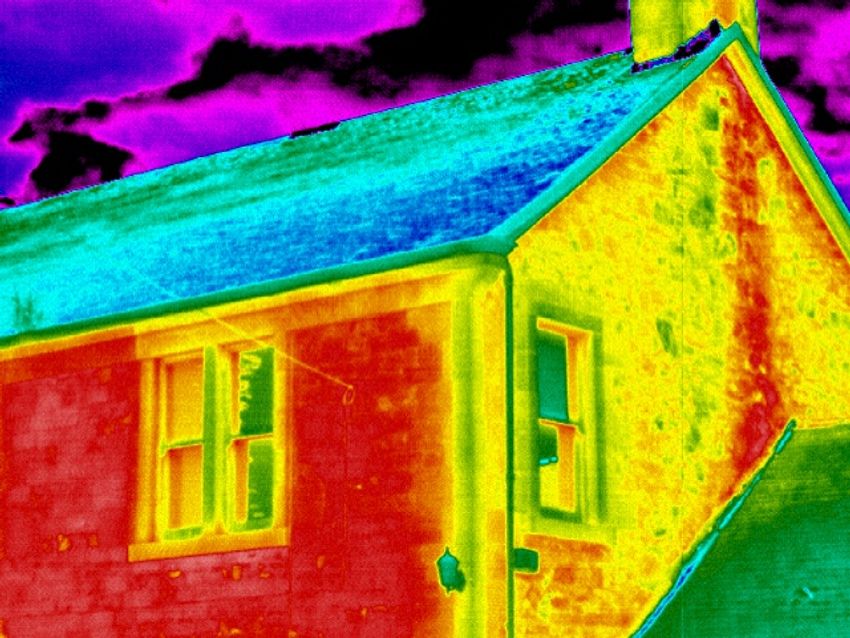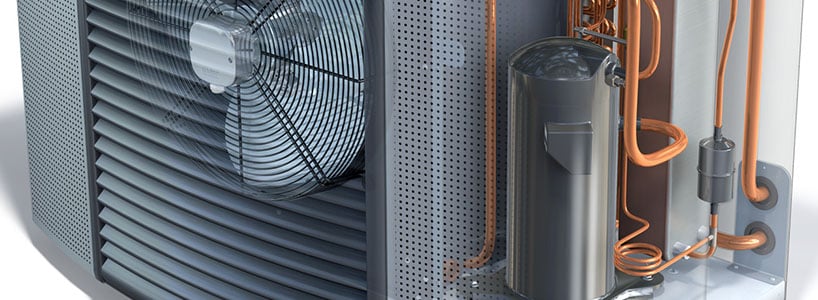
Heat pumps are a possible way to close the gap between low-cost, high-carbon gas power and high-cost, low-carbon electricity in heating the British domestic sector....
Energy Systems Catapult has declared its Electrification of Heat (EoH) project successful in installing heat pumps in all types and ages of British homes. However, their published reports suggest that installation may not be possible in many older, low-income homes where the high cost of electricity will be most felt.
The first post in this two-part series introduced Energy Systems Catapult’s Electrification of Heat project, which was intended to test the feasibility of installing heat pumps in the many different building types that make up the British housing stock:
Electrification of Heat project 1: opportunities and limitations
The first reports were published in December 2021, consisting of an overview of the homes in which heat pumps were installed and four case studies. Energy Systems Catapult declared that project successful but our view is that based on the reports published to date, the EoH project’s results do not fully support heat pumps being used as the generic solution to domestic decarbonisation that they are often presented as.
Comparing the distribution of installations with the percentage of different types of homes reveals two categories that were under-represented in the EoH project: homes built before 1919 and flats.
Energy Systems Catapult acknowledges ‘a greater challenge in successfully designing heat pump systems for older homes’. The report does not explain what the ‘challenge’ actually was but, combined with the discrepancy in housing types, it appears to have prevented the installation of heat pumps in a significant number of the pre-1919 homes that make up nearly one in every five British homes.
| Ages of homes in the UK (BRE 2020) compared with heat pumps installed by EoH project (ESC 2022). | ||||
|
|
Total |
Percentage |
||
|
Dwelling age |
UK stock (x1,000) |
Heat pumps installed |
UK stock |
Heat pumps installed |
|
Pre-1919 |
5,871 |
58 |
21% |
8% |
|
1919-1944 |
4,284 |
105 |
15% |
14% |
|
1945-1964 |
5,472 |
178 |
19% |
24% |
|
1965-1980 |
5,698 |
165 |
20% |
22% |
|
1981-1990 |
2,287 |
68 |
8% |
9% |
|
Post-1990 |
4,923 |
168 |
17% |
23% |
Flats were intended to account for 5% of the heat pump installations, which the project slightly exceeded, largely at the expense of mid-terrace houses likely to be part of the ‘challenging’ pre-1919 stock. However, 21% of British homes are flats and there was no explanation for why they were supposed to account for such a small number of installations in the first place.
|
Types of homes in the UK (BRE 2020) compared with heat pumps installed by EoH project (ESC 2022). |
||||
|
|
Total |
Percentage |
||
|
Dwelling type |
UK stock (x1,000) |
Heat pumps installed |
UK stock |
Heat pumps installed |
|
Semi-detached & terrace |
14,958 |
400 |
52% |
54% |
|
Detached |
7,619 |
301 |
27% |
41% |
|
Flat |
5,958 |
41 |
21% |
6% |
The report describes the selection of the homes for heat pump installation in broad terms, neither describing any homes that were rejected nor providing a quantitative assessment of the performance of the installations that were performed. The only results are presented in the four case studies.
The sizes of the homes were not given but the descriptions of the installations imply that they had access to space outside. Three of them had gardens in which the external unit of an air-source heat pump was installed and one had a garage that it was placed on top of. All four were able to place the internal unit without inconvenience and one installation included a heat battery. We acknowledge that the case studies published to date may not be a fair representation of all the installations within the EoH project but it is striking that all the selected homes were relatively spacious.
Moreover, the only case study referring to a flat used a ground floor flat with a garden, which represents only a small number of the flats in Britain. Combined with the disproportionately low number of installations in flats, the single case study inevitably raises the question of whether the type of flat used in the case study was the only type of flat appropriate for a heat pump installation. Most flats, after all, are not on the ground floor and do not have a garden.
Another concern is economic. Any national-level approach to replacing gas with more expensive electric heating will need to address the problem of fuel poverty, defined by householders being unable to afford to properly heat their homes throughout the year. It is so commonplace that the Department of Business, Energy and Industrial Strategy (DBEIS) classes more than one household in ten as being in a state of fuel poverty [PDF]. The households most affected are likely to be disproportionately in buildings older and smaller than those described in the EoH case studies.
As described above, older buildings are ‘challenging’ to install heat pumps in. The selection of case studies implies that the same may be true of smaller homes. If so, it appears that heat pumps will not be of any help to the people who will be most impacted by the replacement of gas heating with electric.
Neither the final report nor the case studies gave the costs of any of the installations but all four case studies acknowledged they were significant. As well as the cost of installing the heat pumps themselves, two case studies described completely replacing hot water pipes and radiators. It is unclear how much of the replacement was required to incorporate the heat pump or to replace an ageing system, but many of the installations used low-flow temperature heat pumps that require larger radiators than in gas-powered systems.
One couple went further, needing to redecorate their 1930s semi-detached house after the installation, further adding to the expense. Because all the case studies referred to relatively spacious homes, they were likely to be occupied by people who could afford to redecorate. The installation costs are another way in which upgrading to heat pumps may not be available to people already struggling with fuel poverty, who badly need an affordable way to burn less gas.
The problem of financing is beyond the scope of the EoH project but given their scope, the renovations described in the case studies probably came to several times the £5,000 grants offered by the government’s recently announce Boiler replacement Scheme. Any large-scale programme to replace gas boilers with heat pumps will require substantially more public funding than is currently available.
The occupants of one of the case study homes, a 1930s semi-detached house, were quoted as saying, ‘even though it is too early … to compare the electricity costs to run the heat pump to their previous oil costs, they expect that their current heating bills will be cheaper’. That may prove optimistic. In the only case study in which bills were mentioned, a ground floor flat built since 2000, bill prices went up despite the installation including a heat battery charged overnight with electricity charged according to a time-of-use tariff.
 |
|
Thermal image of house with one wall insulated well and one insulated poorly (Green Building Advisor) |
Delivering electrical heating at a comparable cost to gas is likely to require a broader evaluation of the building and possible areas of efficiency improvement. Three of the case studies were in buildings that date to the 1920s and 1930s. In our experience, buildings of that era often benefit from targeted fabric upgrades to improve insulation and reduce air leakage but there is no indication that any renovations not directly related to heat pumps were considered.
Fabric upgrades would have added another aspect to the overall cost of the installations but cutting the energy required for space heating would have reduced the running costs and possibly allowed a smaller, and therefore cheaper, heat pump to be used.
The installations were described as low-carbon, a definition that was extended to the 21% of installations that used hybrid systems. As the EoH project report contains no discussion of why hybrid systems were included in the project, we can only infer that heat pumps alone were unable to meet the requirements of one in five of the project’s homes.
Because hybrid systems incorporate both gas and electrical heating systems, they are more complex and hence more expensive to install than either without breaking a home’s dependence on high-carbon gas power.
The only way to achieve net-zero by any meaningful definition of the term is by complete replacement of gas power with electric. If that is the objective, a hybrid system can only ever be an intermediate solution likely to need replacing before it reaches the end of its lifespans, incurring further installation costs and adding to a building’s embodied carbon.
We acknowledge that the reports released to date are unlikely to be the last and we hope that some of our concerns will be addressed in the future:

Our view remains that when there is a need to renovate a home, the first step is to collect the data needed to understand the building and use it to choose the solution that will maintain the occupants’ comfort as efficiently – in terms of both cost and carbon emissions – as possible.
We expect that there are many homes in Britain where that solution will include a heat pump, often combined with fabric upgrades to reduce the space heating requirements. In most installations, a control system will improve the efficiency of the heat pump by directing energy use to where it is required, but control was not an option assessed by the EoH project.
We hope that the EoH project will produce more data that will support a rational choice to choose or reject a heat pump in each case.
If you’d like to know more about how atBOS controls can make the most of a heat pump, ask us on the form below and we'll be happy to discuss it.

Heat pumps are a possible way to close the gap between low-cost, high-carbon gas power and high-cost, low-carbon electricity in heating the British domestic sector....

The government's Future Homes consultation presents air-source heat pumps as a mass-market high-efficiency heating solution. However, field trial evidence shows that in...